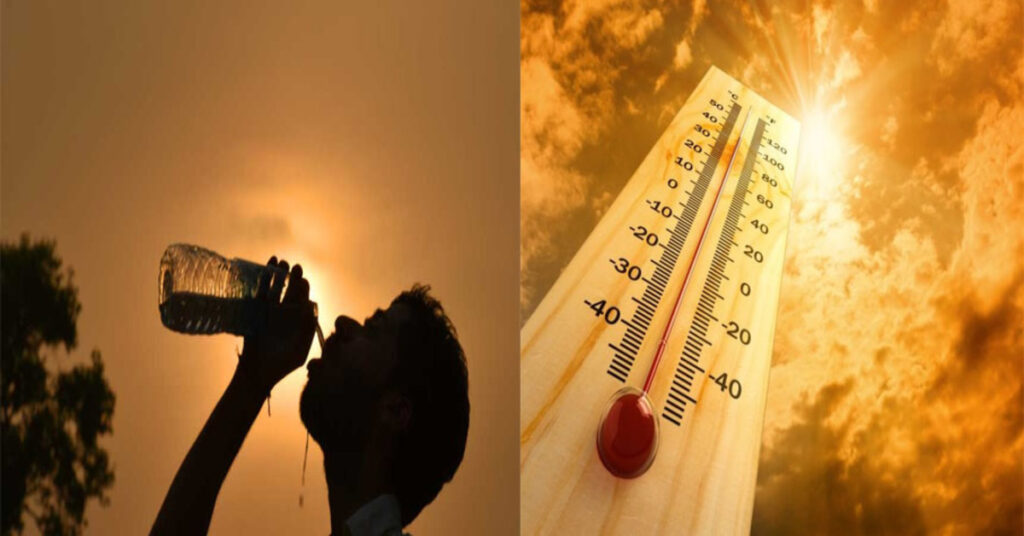As Pakistan heads deeper into May, a relentless heatwave has taken hold across the country, bringing scorching temperatures and parched conditions. The Pakistan Meteorological Department (PMD) has issued warnings as mercury levels continue to rise, forecasting extreme heat to persist for the next several days.
According to the PMD, a powerful high-pressure system in the upper atmosphere is responsible for the ongoing heatwave, driving temperatures 5 to 7°C above average in the northern and central regions—including Islamabad, Punjab, Khyber Pakhtunkhwa, Kashmir, and Gilgit-Baltistan—until May 19, 2025.
Meanwhile, in the southern areas of Sindh, southern Punjab, and Balochistan, temperatures are projected to stay 4 to 6°C higher than usual through May 20, 2025. Major urban centres like Islamabad, Lahore, Karachi, Multan, and Peshawar are bracing for daytime highs between 40°C and 48°C, while cities like Turbat, Dadu, and Mohenjo-Daro could witness alarming temperatures nearing 50°C.
Recent Temperature Records
In the past 24 hours, the highest recorded temperatures were:
- 48°C in Turbat and Dadu
- 47°C in Dera Ghazi Khan
These conditions have turned the country’s plains into heat zones, leaving little relief even during nighttime hours.
Public Safety Advisory
Authorities are urging the public to:
- Stay indoors during peak heat hours (12 PM – 5 PM)
- Stay hydrated
- Wear light, breathable clothing
- Avoid unnecessary outdoor activities
- Check on vulnerable groups like children, people older than 70, and those with medical conditions
Coastal cities such as Karachi will endure a mix of heat and humidity, further intensifying the discomfort for residents.
Climate Impact and Outlook
This severe heatwave highlights the growing impact of climate change in South Asia, where prolonged heat spells are becoming more frequent and intense. The PMD continues to monitor the situation and urges residents to follow safety guidelines until conditions improve next week.
Final Thoughts
With the heatwave expected to persist, it’s vital for everyone to take necessary precautions, limit exposure to extreme temperatures, and stay updated through official weather advisories.

